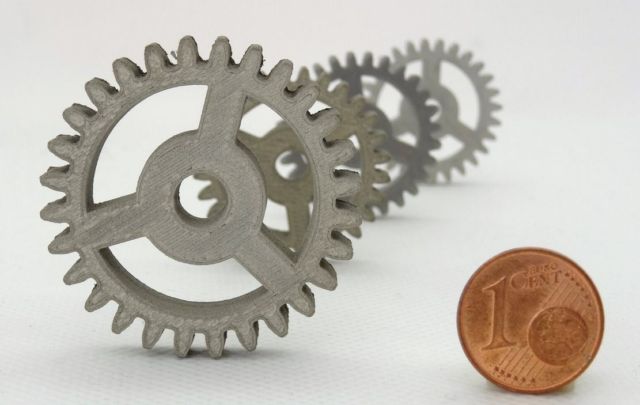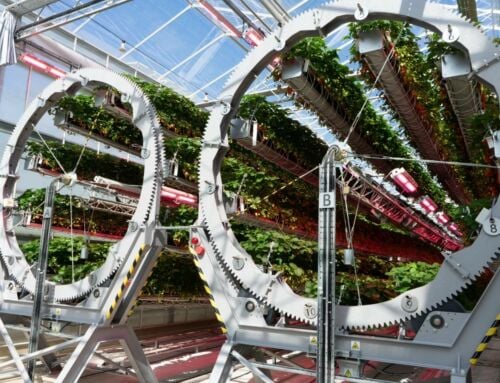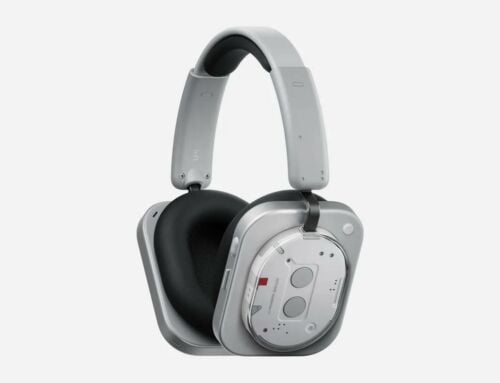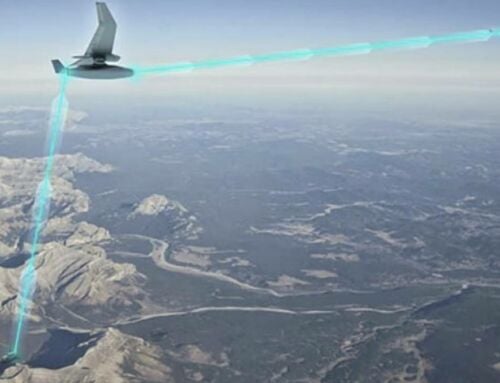Using nothing more than an off-the-shelf desktop 3D printer, these spur gears (seen here with a euro cent coin for scale) have been produced in stainless steel to a space standard of quality.
ESA-supported startup TIWARI Scientific Instruments in Germany has developed a technique allowing low cost 3D printing using a variety of metals and ceramics. Ordinarily producing precision parts in such high-performance materials would be costly in both time and money, but the company can instead shape them using standard 3D printing techniques.
TIWARI’s ‘Fused Filament Fabrication’ (FFF) print process uses thermoplastic filaments that are embedded with particles of the metal or ceramic the part is to be made from. Once the printing is finished, the part – known as a ‘green body’ – is put through a thermal treatment to eliminate the plastic, leaving behind a metal or ceramic item.
“Once this plastic-containing body goes through this treatment then what is left behind is pure metal or ceramic,” explains ESA non-metallic materials and processes engineer Ugo Lafont. “The result is high-quality parts with very good physical properties. So this cheap, simple technique can offer us additional part manufacturing capability for space applications with an expanded pallet of materials.”
source ESA






Leave A Comment